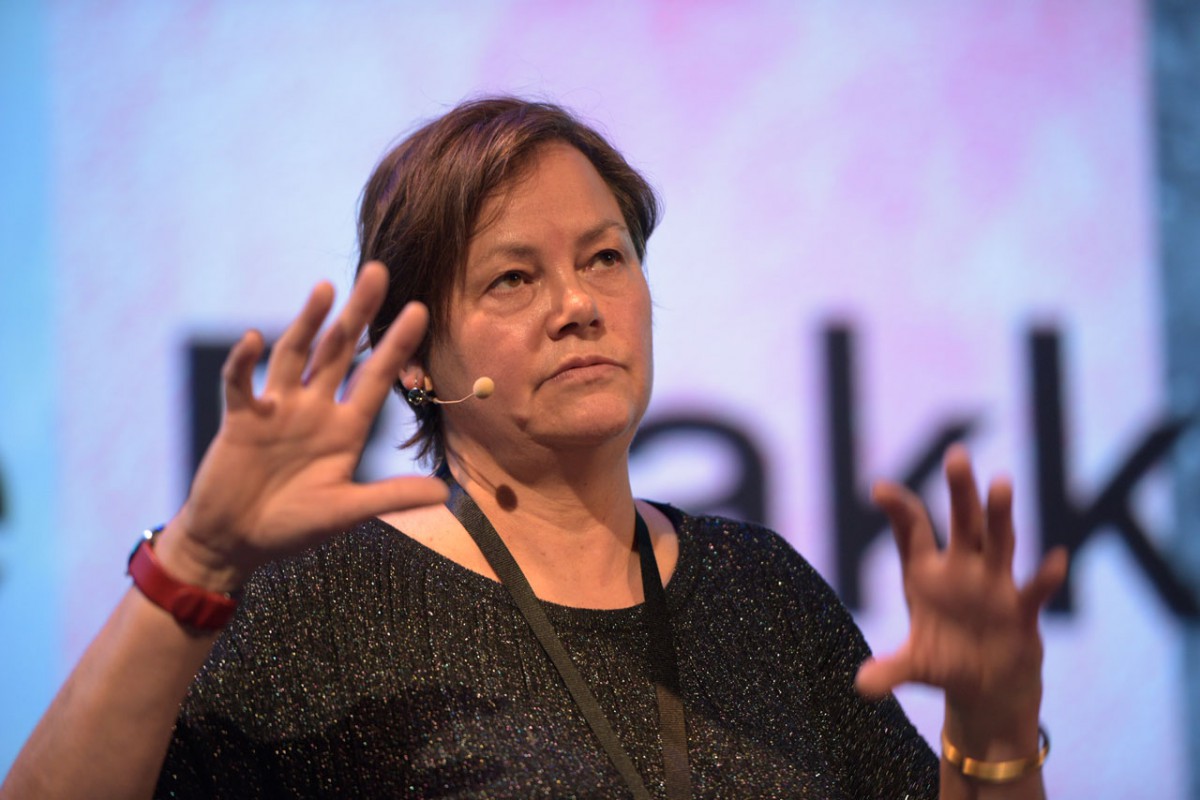
Susan Schuppli at Sonic Acts 2016, photo by Pieter Kers
By
Tina Amirtha
Susan Schuppli, an architecture researcher at Goldsmiths, University of London, freely admits that her work is meant to provoke discussion. As a senior research fellow at the
Forensic Architecture research agency there, Schuppli’s media art background might seem out of place in the world of forensic science. But then again, so could the place that employs her. Forensic architecture is a relatively new concept in the academic world. And it’s one that has arisen out of necessity.
Forensic architects find the best way to marry available digital data with data from other non-digital architectural techniques in order to view a past event from its surroundings’ perspective. The conflict zone’s environmental data, then, becomes useful evidence in judicial proceedings.
But not everyone in the forensics community agrees with the way that forensic architects piece together evidence from these data troves. In her talk “Disappearing Evidence”, part of the Saturday programme at de Brakke Grond, Schuppli described how forensic architecture’s new vocabulary for describing the judicial system creates tension in established legal circles: “In the architecture world, we do refer to the courtroom as a sort of theatre,” Schuppli said. When she discusses her team’s deliverables with court mediators, “they get really offended,” she added.
Sometimes, Schuppli adds voice-overs to visual material that gives the viewer some context about the subject’s location. When she hands them over to court officials, one message always comes back from them: Strip down any use of language’ to the bare minimum. The officials accuse her of introducing bias into the material.
It’s really hard, however, to keep her perspective out of the evidence, Schuppli said. “We only choose cases that we feel strongly about. Of course we’re going to have opinions about them.”
We can store data about everything digitally: data from satellite images, data from smartphones, even Twitter tweets. Generally speaking, these data points become our living records of current events. And to forensic architects, they become hard evidence of events that have taken place. To Schuppli and her colleagues, they are crucial inputs to human rights investigations in conflict zones.
Even information about seemingly unrelated phenomena can be repurposed as evidence in formal investigations. Past records of weather patterns, old tweets, and other historical data can become fair grounds for Schuppli’s evidence-gathering projects.
But piecing together disparate datasets into one, cohesive piece of evidence requires some sort of narrative, even if Schuppli doesn't intend to include one. Forensic architects curate data that is associated with a place. And not all curators think the same.